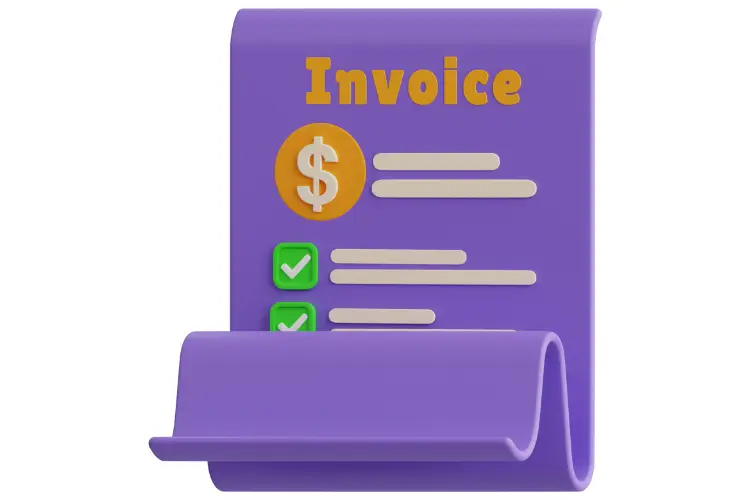If your company operates vehicles, you may be losing money without even realizing it. Vehicle operation looks to be a straightforward process, but it is fraught with pitfalls that can lower efficiency, safety, and profitability. Miscalculations can be made either on a large scale or a small one, but they can all add to enormous waste in terms of resources, time, or effort. Perhaps you’re not estimating the costs correctly or don’t adhere to the necessary regulations. Maybe you’re not using modern technology, or you’re mixing up maintenance plans. This article will highlight five major errors that companies make in vehicle operations and will show you how to avoid them and do better in your business endeavors.
Not Understanding Total Vehicle Cost
Your company may be leasing or purchasing vehicles without taking into account all the costs involved. Insurance, fuel, maintenance, depreciation, and resale value will be additionally added to the total cost of ownership, or TCO. Ignoring TCO will make you choose unsuitable vehicles or make inefficient financial decisions. For instance, a vehicle may be inexpensive to acquire, but it may be costly to maintain in the long run. To avoid this mistake, make an effort to calculate the TCO of each vehicle you plan to use in your fleet. Choose vehicles that will suit your needs in the long run and provide better value to your company.
Lack of Cost Efficiency Analysis
Unless you analyze your vehicle operation costs on a regular basis, you might be spending more than you are aware of. The expenses include fuel, maintenance, labor, and the cost of replacing the vehicle. If you don’t pay close attention to these costs, you will find yourself unable to know where the overrun or inefficiency is. As an example, you may be spending more fuel than necessary because of your driving, or failing to make repairs that would save you larger bills later. A detailed cost analysis will assist you in identifying problems before they become expensive, to make informed choices, and initiate changes that will contribute towards better outcomes.
Not Implementing Safe Driving Policies
The absence of clear driving policies can put your employees, clients, and business in danger. These policies will be applicable in matters of safety, economic fuel consumption, and vehicle servicing. In the absence of such guidelines, your drivers might indulge in risky actions, including speeding or failure to report vehicle issues. These may lead to accidents or repairs being costly, or even the vehicles being rendered out of use. To prevent a loss to your business, you should write a driving policy manual. Educate your workers on the policies and make them applicable. You may want to include safety rewards to encourage good driving. By establishing healthy practices, you will be able to minimize accidents and costs.
Ignoring the Maintenance and Inspection Schedule
Failure to adhere to maintenance and inspection schedules may be disastrous. Failure to maintain your vehicles will mean you are subjecting yourself to unforeseen breakdowns, expensive repairs and time wastage. Moreover, omitted inspection can lead either to more severe, but preventable issues or the breach of the rules. The maintenance plan would ensure the vehicle is in good shape and any problems are detected earlier. Consequently, these schedules are very crucial to follow. Schedule reminders in the calendar or use maintenance checking tools. Additionally, inform your drivers that they should report minor problems before they can blow up. With proper maintenance, you will be able to prolong the life of your fleet and make it really reliable.
Failing to Optimize Fleet Size and Composition
Having a fleet that is either too big or too small means you will be misusing resources. A large fleet results in excessive vehicle acquisition costs, insurance, and overhead. On the other hand, a small fleet will not be able to meet demand, and a tight schedule may arise. If your fleet size is not optimized, you will be unable to provide effective service or return on investment. To address these issues in a more comprehensive way, most firms resort to enterprise fleet management systems that provide a more profound understanding of how their vehicles are used and assist in matching the fleet size to the actual business requirements. Take into account the fleet management software to demonstrate the patterns of vehicle use. The efficiency and the cost can be reduced by optimizing the fleet size.
Software is only part of the solution; outfitting vehicles to the specific tasks they perform can yield immediate gains in efficiency and reduce hidden costs. Upfitting a van with job-specific shelving, secure tool storage, bulkheads and durable flooring makes daily workflows faster, safer and easier to maintain, cutting downtime and unnecessary trips back to base. For companies that frequently dispatch trades crews, considering tailored options like general contractor van upfitting can help standardize kits across a fleet and simplify inventory and maintenance tracking. Combined with fleet analytics, these physical optimizations let managers right-size their fleets and improve vehicle utilization without overprovisioning.
Conclusion
It seems like a simple thing to drive a vehicle, but it is a mixture of various decisions that can ruin or make your business. Being aware of these five errors and not repeating them will enable you to make your fleet more efficient, spend fewer financial resources, and get rid of risks. Ensure that you take into consideration all the costs, analyze cost efficiency, and implement safe driving policies. Never skip on maintenance and optimize the size of your fleet. With conscious decisions and proper plans, you will be able to achieve more with your vehicle operations. Examine your existing practices, identify areas of improvement, and do not be afraid to change.




